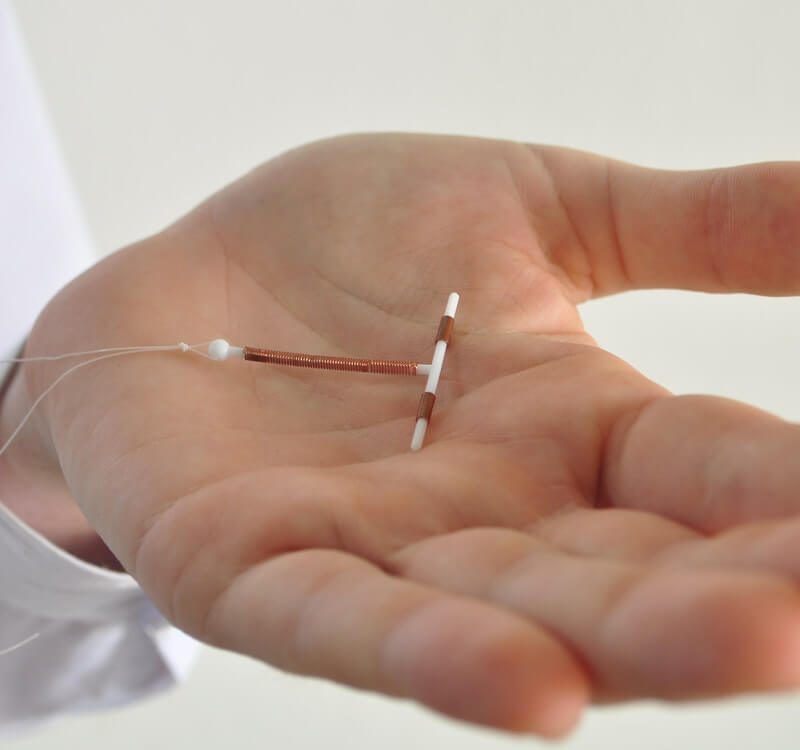Contraception has a long history. “For as long as men and women have been making babies, they’ve been trying not to,” states historian Jonathan Eig in his recent book, “The Birth of the Pill: How Four Crusaders Reinvented Sex and Launched a Revolution.”
Ancient Methods of Birth Control
The oldest method of birth control is almost certainly “pulling out,” which is more properly known as coitus interruptus. It also has the distinction of being mentioned in the Bible. Around 1500 B.C., women in ancient Egypt used pessaries or thick pastes made from crocodile dung, sodium carbonate and honey. They would put the concoction in their vaginas before having sex. During the second century A.D., a Greek gynecologist believed that menstruation was the most fertile time of the month for women and consequently advised them against having sex during this time. As we now know, he was wrong about the timing.
Magic and Birth Control
Some attempts at contraception depended on… magical thinking. Women in 10th century Persia believed that seven and nine were magical numbers. They would therefore jump backwards seven or nine times after intercourse in the hopes of dislodging sperm. Women in medieval Europe would tie a weasel’s testicle around their necks or thighs during sex to prevent pregnancy.
Some Early Successes
More effective and practical contraceptive devices included pessaries made with acacia gum, which 20th century researchers discovered is a spermicide. Some anthropologists claim that a cave painting in France dating back to 15,000 B.C. portrays a man wearing a condom. Condoms are also mentioned in legends going back to 3000 B.C. King Minos of Crete is said to have used condoms made from goat bladders.
Gabriel Fallopius (1523-1562), for whom the Fallopian tubes were named, suggested making linen condoms in the wake of a syphilis epidemic. The 18th century lothario Giacomo Casanova claimed to have invented a crude cervical cap. It involved using partially squeezed lemon halves while having sex.
The Development of Modern Birth Control
In the 1840s, American engineer Charles Goodyear developed a method for vulcanizing rubber. This soon led to the production of both rubber condoms and rubber cervical caps. The first rubber diaphragms, which were then called “womb veils,” made their appearance a bit later.
Although the Victorian Age saw a backlash against contraception in the form of the Comstock Act of 1873, people still looked for reliable ways to prevent pregnancy. The 20th century saw both the fall of the Comstock Act and the development of such effective contraceptives as the Pill and the IUD.
In 1960, the first oral contraceptive was approved by the FDA, but only married couples were allowed to use oral contraceptives. Then 12 years later in 1972, the Supreme Court ruled birth control was a constitutional right for everyone.
Call OB-GYN Women’s Centre of Lakewood Ranch
It’s crazy how far we’ve come. We still have more research to do on women and men’s reproductive health, but birth control has surely impacted the world we know today.
If you have questions about what type of birth control is right for you, check out some of our info → What Kind Of Birth Control Is Right For Me? and 10 Things to Know About Birth Control
We are ready and able to answer any of your questions about birth control. Contact us today.




